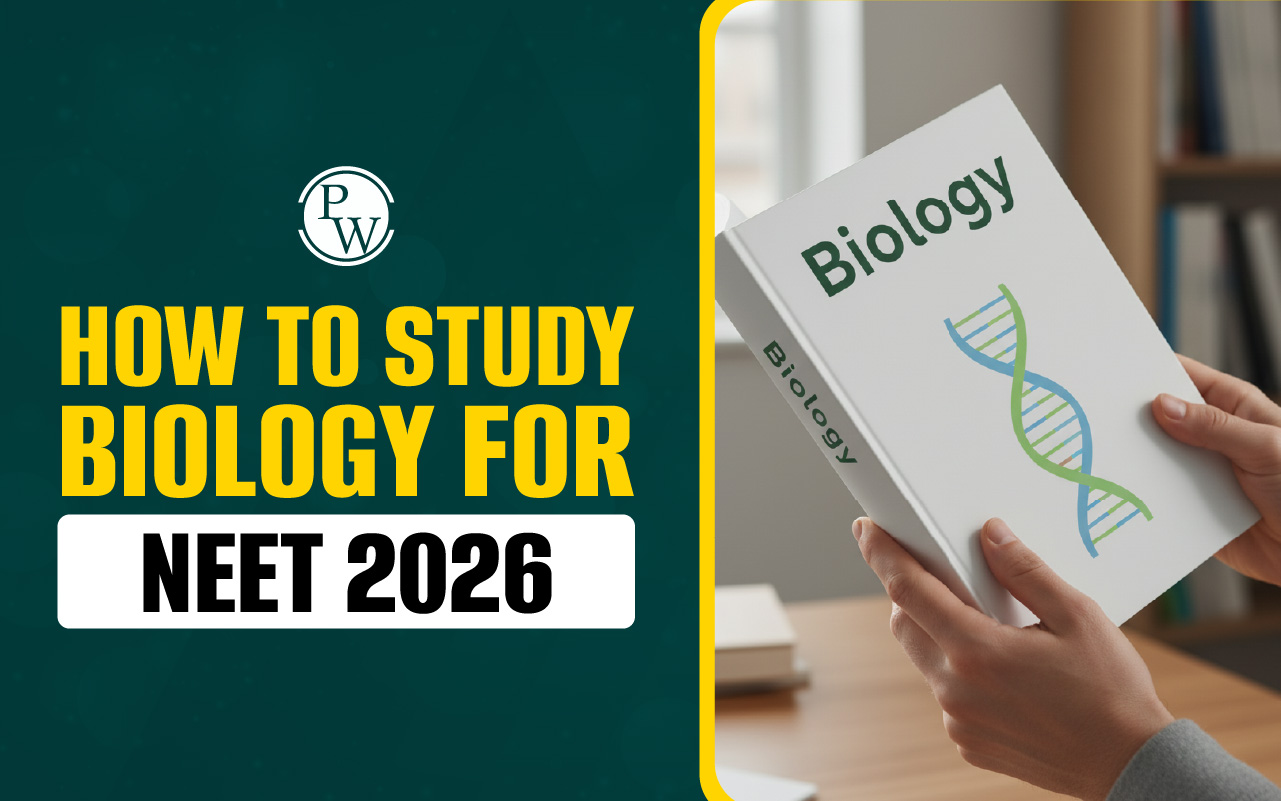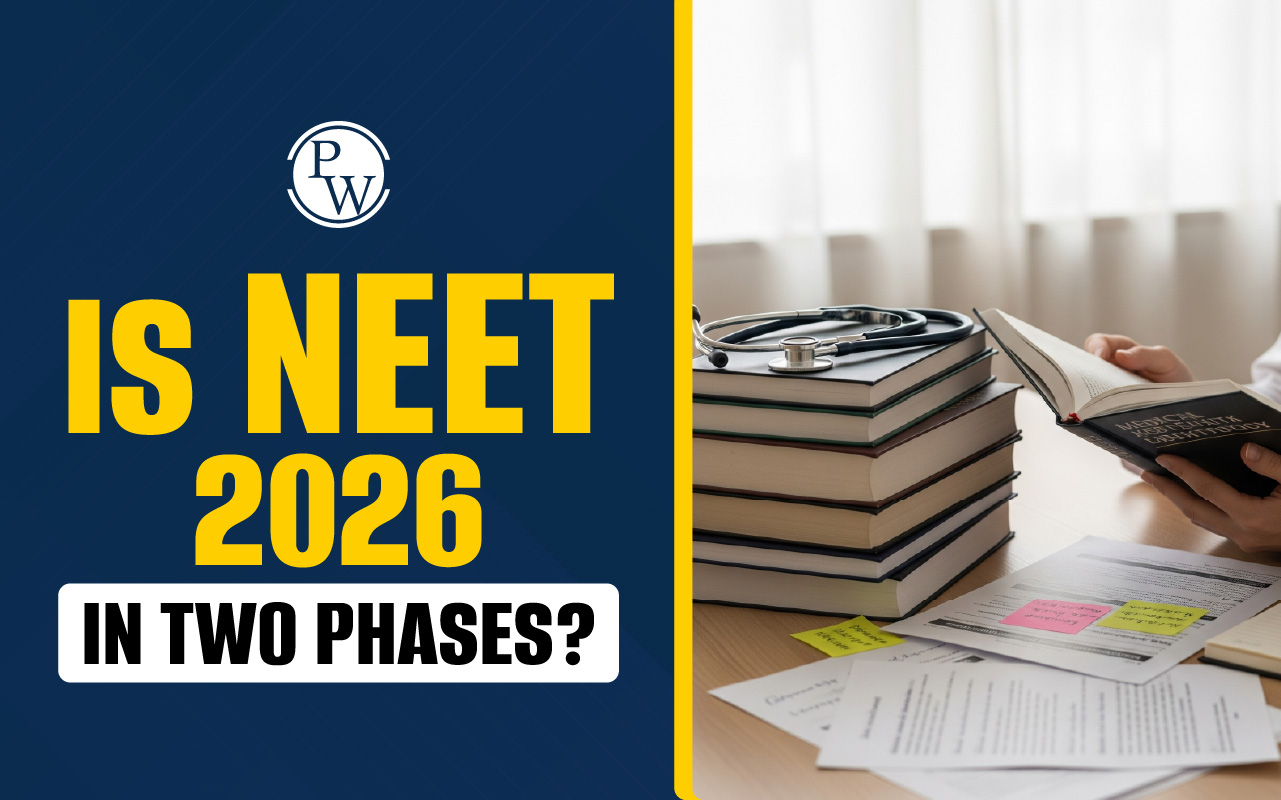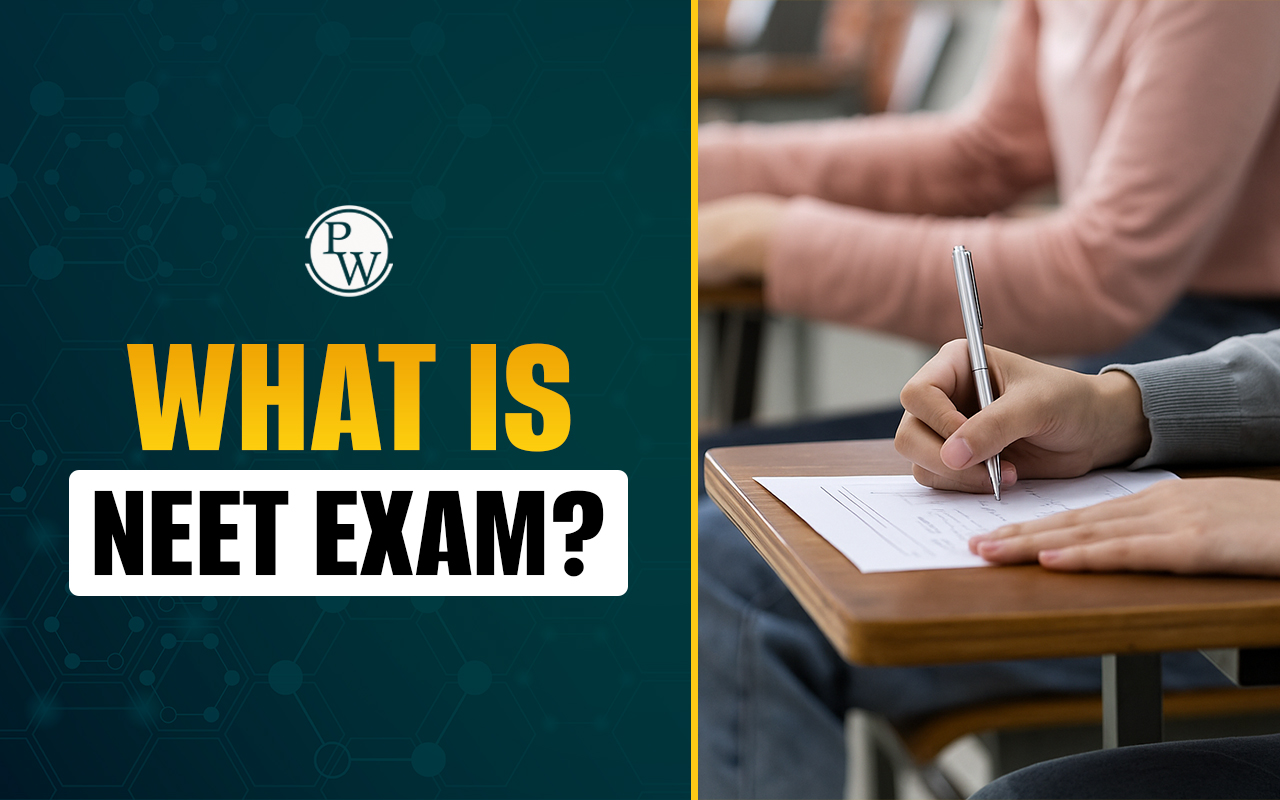
Dual Nature of Radiation and Matter Important Questions for NEET: Preparing for the NEET exam requires a strong understanding of all physics concepts, including the Dual Nature of Radiation and Matter Important Questions for NEET. This topic is crucial for the NEET Exam as it helps students understand the fundamental behavior of particles and waves, which forms the basis of modern physics.
Dual Nature of Radiation and Matter Important Questions for NEET Overview
The topic of the Dual Nature of Radiation and Matter explains how light and particles exhibit both wave-like and particle-like properties. This dual behavior is significant in various experiments and applications, including the photoelectric effect and de Broglie’s hypothesis. Understanding this concept helps in solving numerous numerical and theoretical questions in the NEET exam.
What is the Dual Nature of Radiation and Matter?
The Dual Nature of Radiation and Matter states that light and matter can behave as both particles and waves. This was first proposed by Albert Einstein for light, explaining the photoelectric effect, and later extended by Louis de Broglie to matter, introducing the concept of matter waves. This discovery revolutionized physics and is widely used in modern science and technology.
|
Chapterwise Important Questions for NEET |
|
|
Electrostatic Potential and Capacitance Important Questions for NEET |
|
|
Breathing and Exchange of Gases Important Questions for NEET |
|
Practice Important Questions of Dual Nature of Radiation and Matter for NEET
In this article, some questions have been provided for practice. These practice questions are part of the Prachand Batch 2025. You can download the full practice question PDF here along with solutions. A video solution for each question is also available. Scan the QR code mentioned below each solution to watch the video explanation.
Q1 Match the following.
Column I gives nature of series formed in various cases given in column I
| Column - I | Column - II |
|
A. n = 5 to n = 2 |
1. Lyman series |
|
B. n = 8 to n = 4 |
2. Brackett series |
| C. n = 3 to n = 1 | 3. Paschen |
| D. n = 4 to n = 3 | 4. Balmer |
- (A) → (2); (B) → (3); (C) → (1); (D) → (4)
- (A) → (4); (B) → (2); (C) → (1); (D) → (3)
- (A) → (3); (B) → (2); (C) → (4); (D) → (1,4)
- (A) → (1,3); (B) → (4); (C) → (3); (D) → (1)
Q2 In 88Ra²²⁶ nucleus, there are
- 138 protons and 88 neutrons
- 138 neutrons and 88 protons
- 226 protons and 88 electrons
- 226 neutrons and 138 electrons
Q3 After two alpha decays and four beta (−ve) decays, the atomic number
- Decreases by 4 and mass number remains same
- Remains same but mass number increases by 4
- Remains same but mass number decreases by 8
- Increases but mass number remains same
Q4 r₁ and r₂ are the radii of atomic nuclei of mass numbers 64 and 27 respectively. The ratio (r₁/r₂) is
- 64/27
- 27/64
- 4/3
- 1
Q5 If radius of the ¹³Al²⁷ nucleus is estimated to be 3.6 fermi, then the radius of ⁵²Te¹²⁵ nucleus is nearly
- 6 fermi
- 8 fermi
- 4 fermi
- 5 fermi
Q6 Binding energy per nucleon curve as a function of atomic mass number has a sharp peak for helium nucleus. We can conclude from this that helium nucleus:
- Is very stable
- Is radioactive
- Can easily be broken up
- Can be used as fissionable material
Q7 If binding energy per nucleon of helium nucleus ₂He⁴ is 7.07 MeV, then mass defect in this nucleus formation is nearly:
- 0.03 amu
- 0.3 amu
- 0.09 amu
- 0.9 amu
Q8 When an α-particle of mass m moving with velocity v bombards on a heavy nucleus of charge Ze, its distance of closest approach from the nucleus depends on m as
- 1/√m
- 1/m²
- m
- 1/m
Q9 Suppose a nucleus with mass number 60 breaks into two fragments each of mass number 30. If binding energy per nucleon of original nucleus is 7.6 MeV but that of fragment is 8.5 MeV, then net gain in the binding energy in the process is:
- 20 MeV
- 72 MeV
- 32 MeV
- 54 MeV
Dual Nature of Radiation and Matter Important Questions for NEET PDF
To download the PDF of Dual Nature of Radiation and Matter Important Questions for NEET, check the link provided below. This PDF contains all the important questions, solutions, and video explanations related to Dual Nature of Radiation and Matter, which will help in your NEET preparation.
Download the Dual Nature of Radiation and Matter Important Questions for NEET
Practice Questions Now
Prepare for NEET with PhysicsWallah's NEET online coaching. Learn through easy-to-understand lessons and get help whenever you need it.
Dual Nature of Radiation and Matter Important Questions for NEET FAQs
What is the dual nature of radiation and matter?
What is the dual behavior of matter and radiation?
Is the dual nature of radiation and matter and modern physics the same?
What is the Einstein photoelectric equation?










